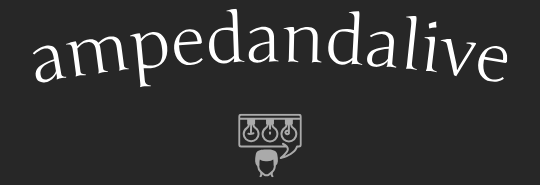Mastering Digital Painting: Essential Tips Unveiled
Tag: Introduction
Embarking on the journey of mastering digital painting can be an exhilarating endeavor for artists seeking to expand their creative horizons. However, achieving proficiency in this art form requires more than just technical skill—it demands a deep understanding of foundational principles and expert techniques. In this article, we’ll uncover essential tips that will empower you to elevate your digital painting skills and unlock your full artistic potential.
Tag: Understanding the Basics
Before diving into advanced techniques, it’s crucial to establish a solid foundation in the basics of digital painting. Familiarize yourself with the tools and features of your preferred digital painting software, such as brush types, layers, and blending modes. Experiment with different brush sizes, opacities, and textures to gain a deeper understanding of their effects on your artwork. Building a strong grasp of the basics will serve as the cornerstone for your digital painting journey.
Tag: Embracing Color Theory
Color theory is a fundamental aspect of digital painting that can significantly impact the mood, atmosphere, and visual appeal of your artwork. Take the time to study color theory principles such as hue, saturation, value, and temperature. Experiment with creating color palettes and exploring complementary, analogous, and monochromatic color schemes. Understanding color theory will enable you to make informed decisions when selecting and mixing colors in your digital paintings.
Tag: Mastering Brush Control
Brush control is essential for achieving precision and nuance in your digital paintings. Practice varying your brush strokes in terms of pressure, speed, and direction to create diverse textures and effects. Experiment with different brush presets and custom brushes to expand your repertoire and add versatility to your painting style. Mastering brush control will give you greater control over your artistic expression and allow you to create dynamic and expressive digital paintings.
Tag: Developing Composition Skills
Composition plays a vital role in the overall impact and effectiveness of a digital painting. Explore composition techniques such as the rule of thirds, leading lines, and focal points to create visually engaging and balanced compositions. Pay attention to the placement and arrangement of elements within your painting, ensuring that they guide the viewer’s eye and convey your intended message effectively. Developing strong composition skills will elevate the quality and visual appeal of your digital paintings.
Tag: Exploring Light and Shadow
Light and shadow are essential elements of digital painting that contribute to realism, depth, and dimensionality. Study the principles of light and shadow, including how they interact with different surfaces and materials. Experiment with creating light sources and casting shadows to add volume and form to your subjects. Pay attention to the direction, intensity, and color of light, as well as the softness or hardness of shadows. Understanding light and shadow will enable you to create more convincing and immersive digital paintings.
Tag: Incorporating Texture and Detail
Texture and detail add richness and complexity to digital paintings, enhancing their realism and visual interest. Experiment with incorporating texture overlays, brush strokes, and texture brushes to simulate various surfaces and materials. Pay attention to small details such as texture patterns, surface imperfections, and fine details, as they can significantly enhance the overall quality of your artwork. Incorporating texture and detail will bring your digital paintings to life and captivate viewers with their intricacy and realism.
Tag: Seeking Inspiration and Feedback
As you strive to master digital painting, seek inspiration from a diverse range of sources, including nature, art history, and contemporary artists. Study the works of master painters and analyze their techniques, brushwork, and use of color and light. Additionally, don’t hesitate to seek feedback and critique from fellow artists or online communities. Constructive criticism can provide valuable insights and perspectives that will help you refine your skills and grow as an artist.
Tag: Developing Your Unique Style
While learning from others is essential, it’s equally important to develop your unique artistic style and voice. Experiment with different approaches, techniques, and subject matter to discover what resonates with you personally. Embrace your strengths, interests, and experiences, and allow them to influence your artistic expression. Developing your unique style will set you apart from other artists and enable you to create digital paintings that are truly distinctive and memorable.
Tag: Practicing Patience and Persistence
Finally, remember that mastering digital painting is a journey that requires dedication, patience, and persistence. Don’t be discouraged by setbacks or challenges along the way. Stay committed to honing your skills, experimenting with new techniques, and pushing the boundaries of your creativity. With time, practice, and the essential tips unveiled in this article, you’ll be well on your way to mastering digital painting and creating artwork that inspires and captivates audiences. Read more about digital painting tips

